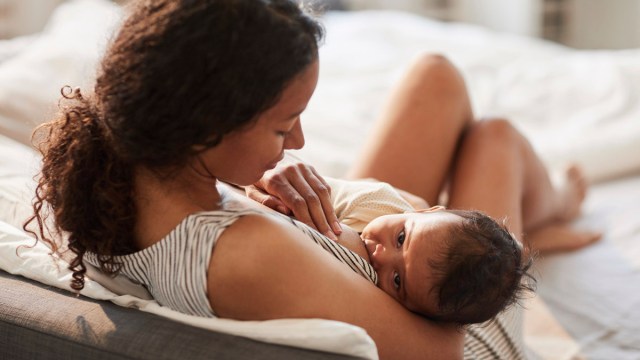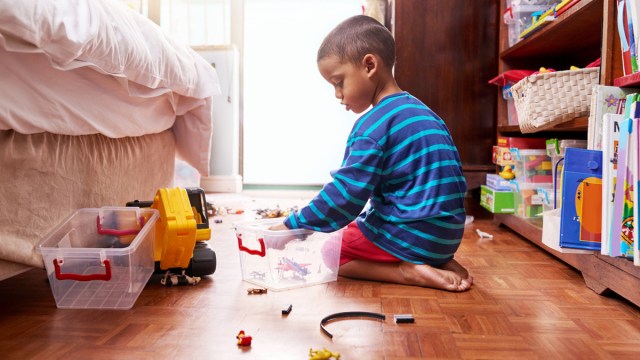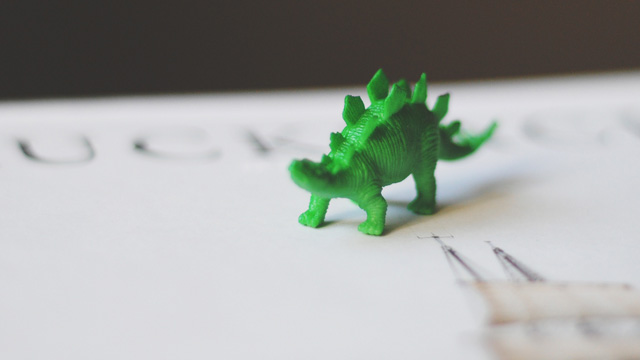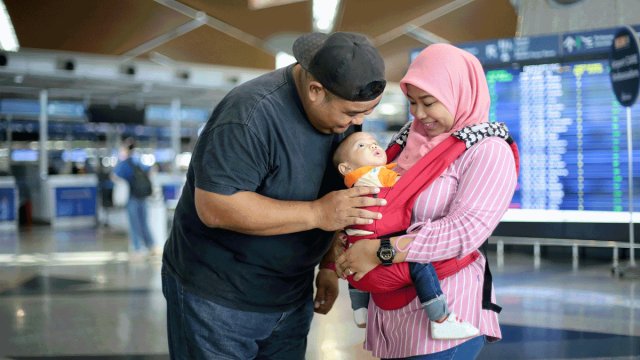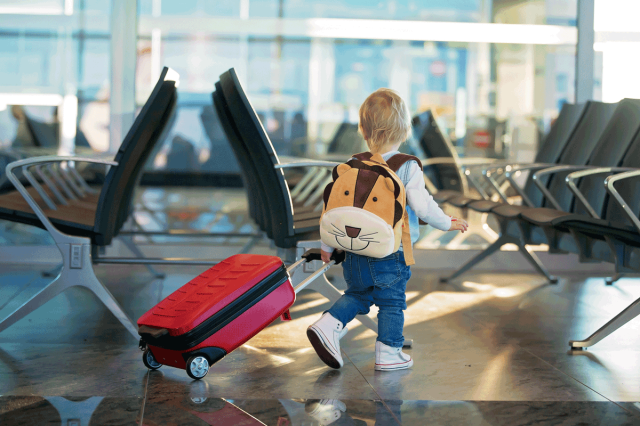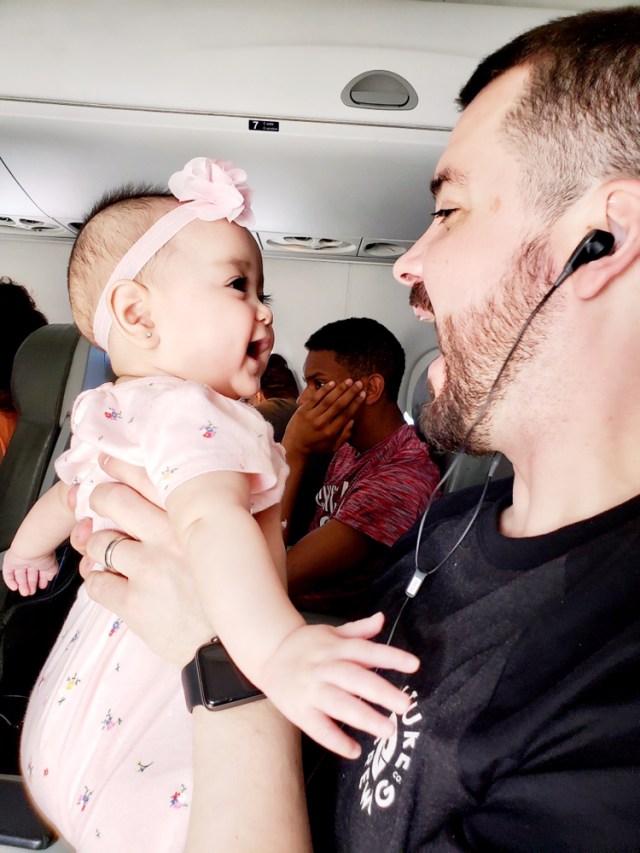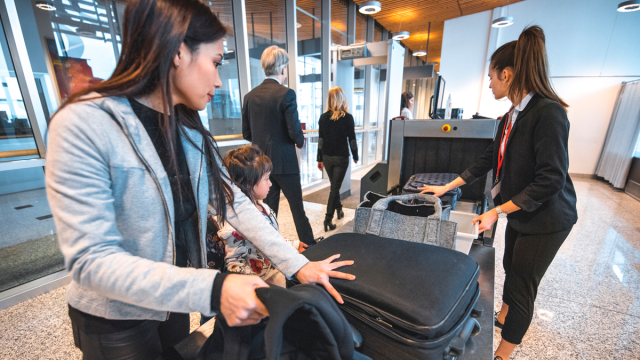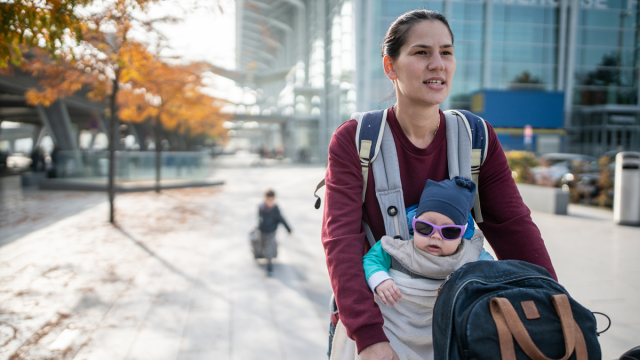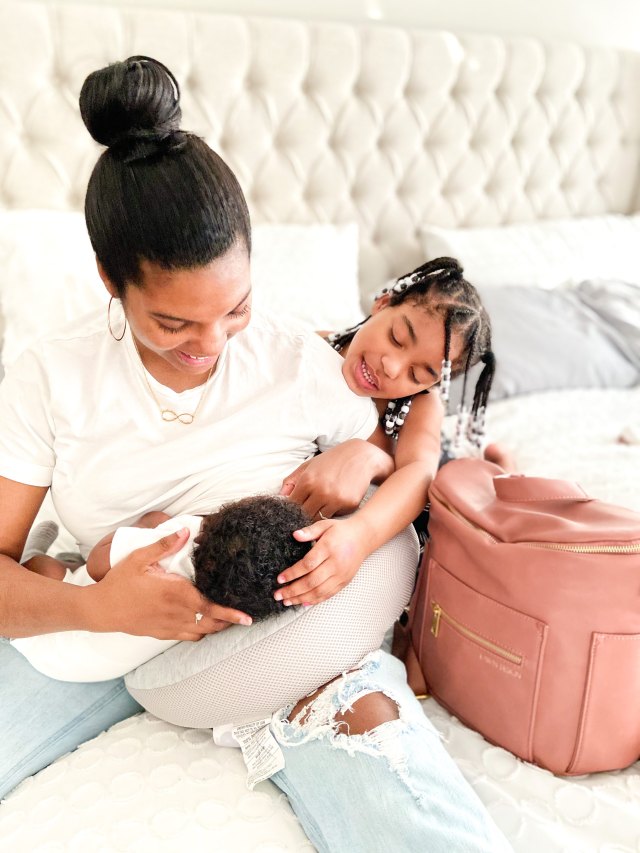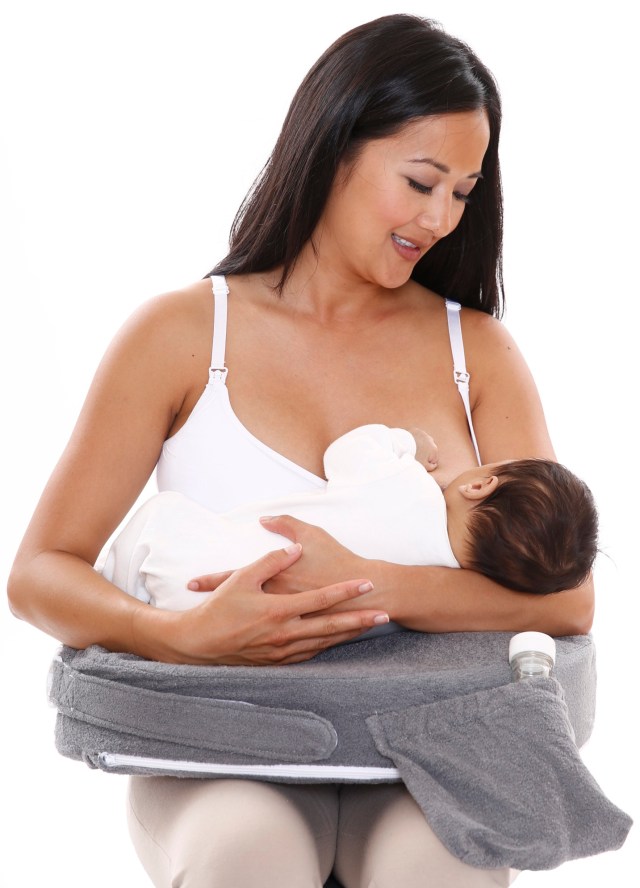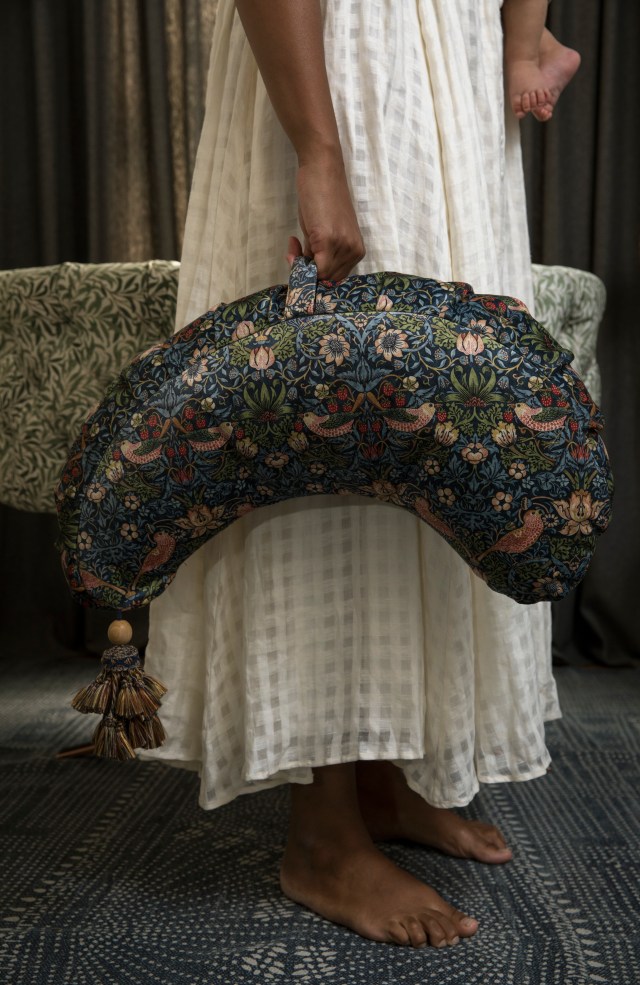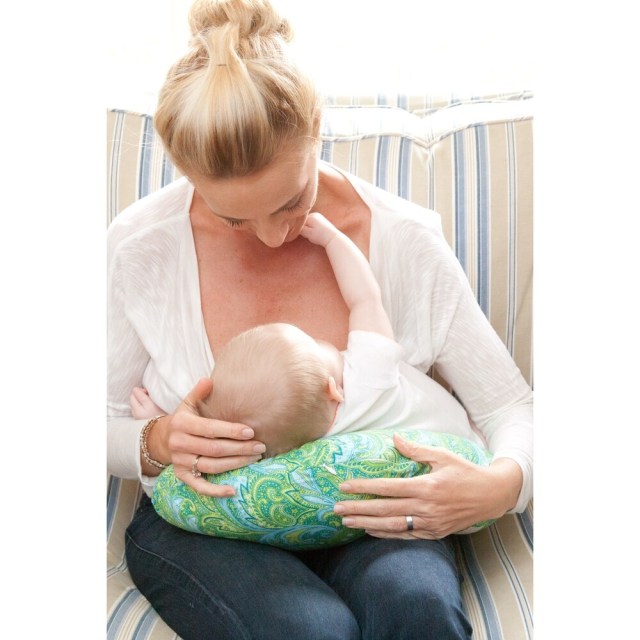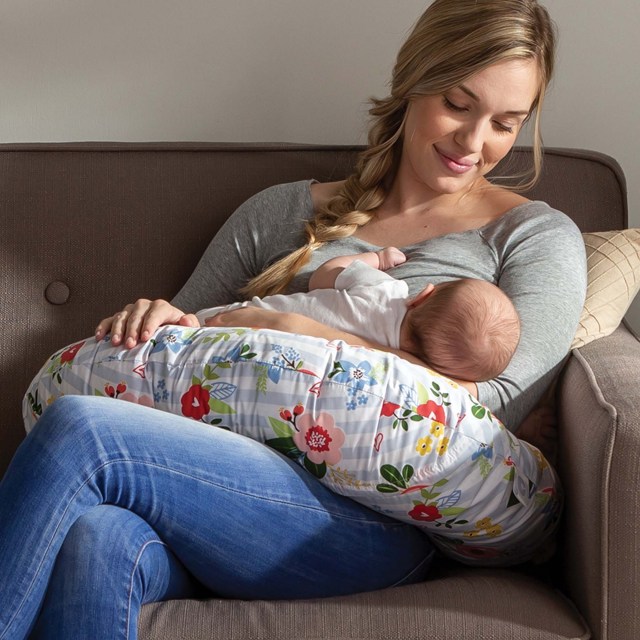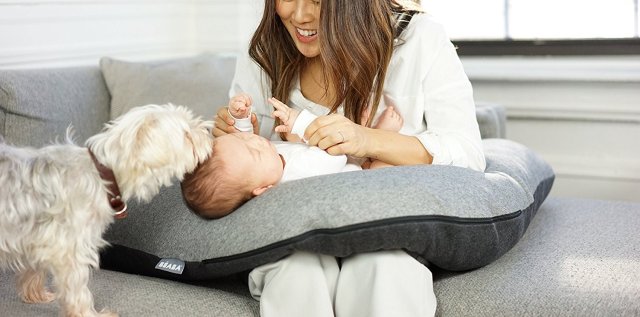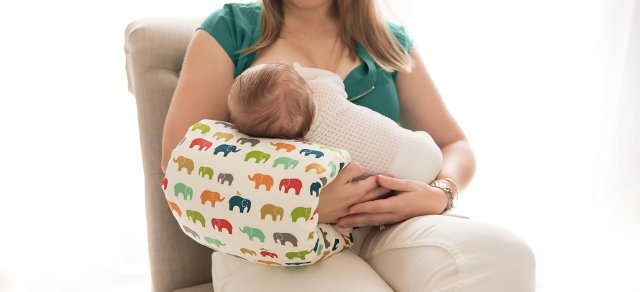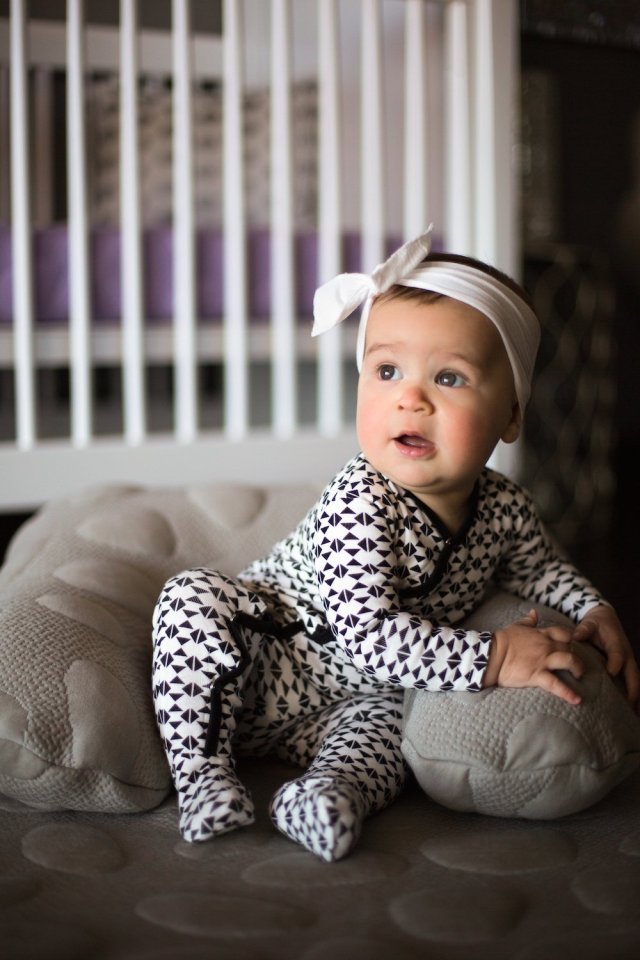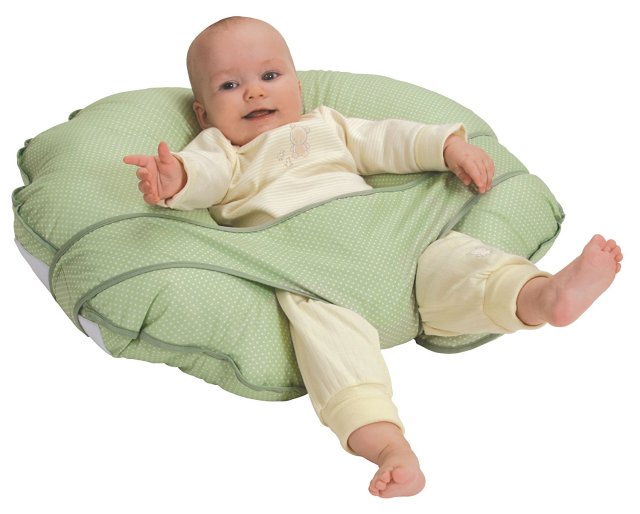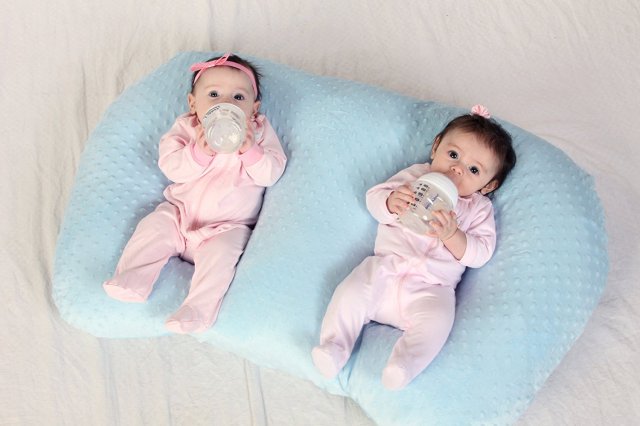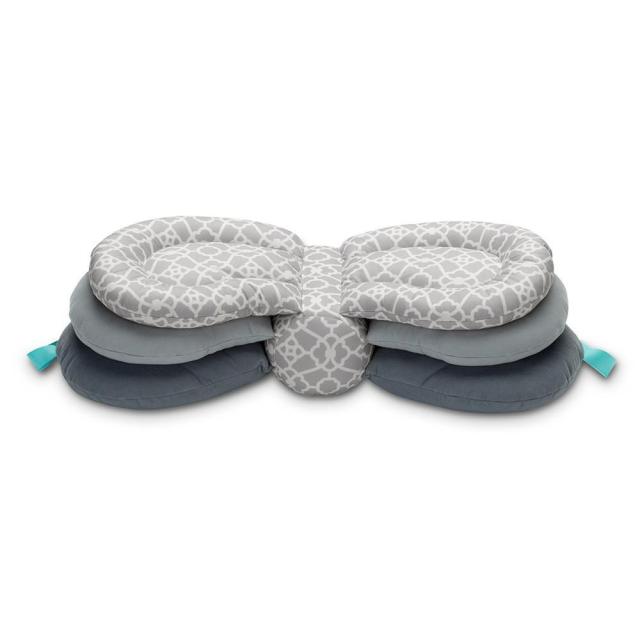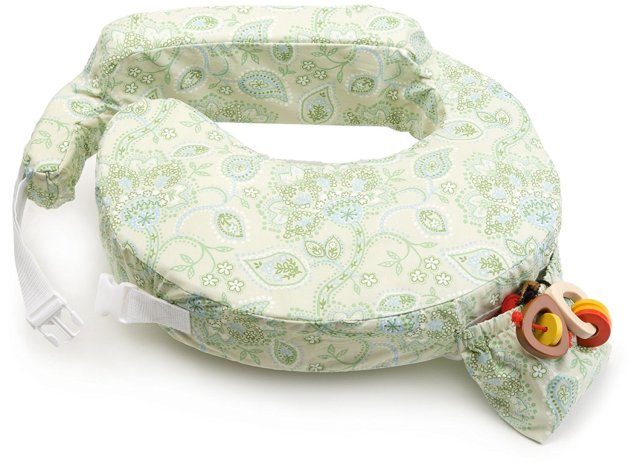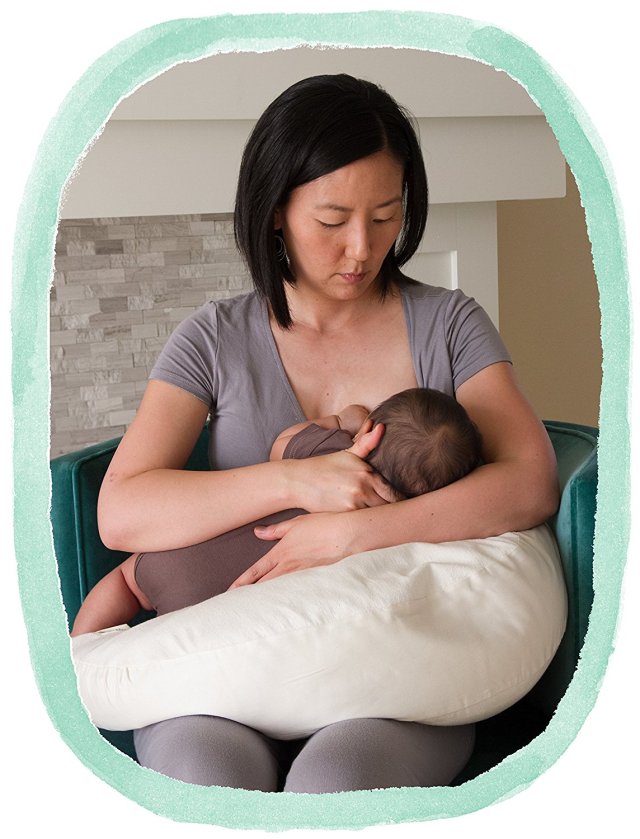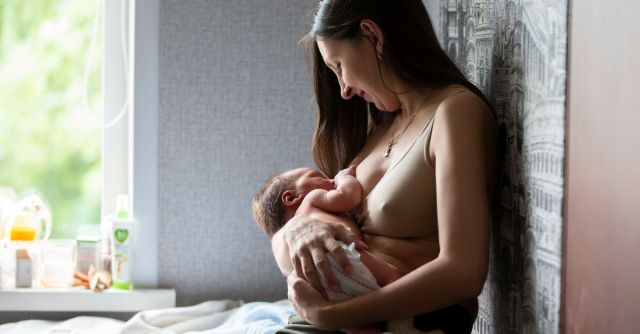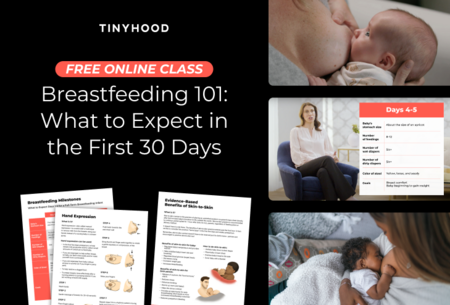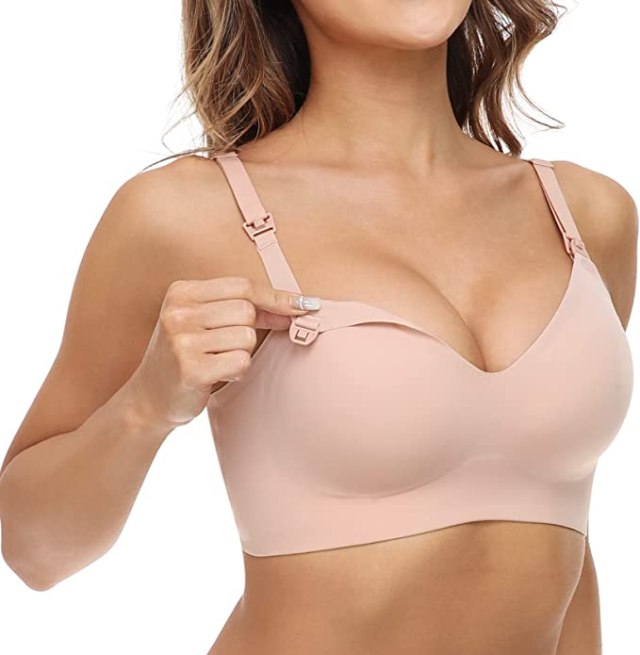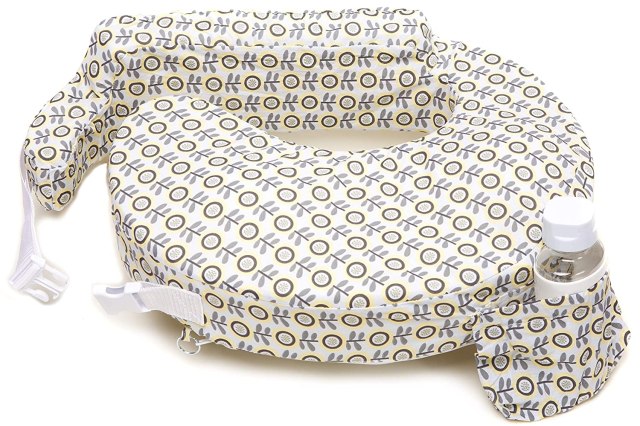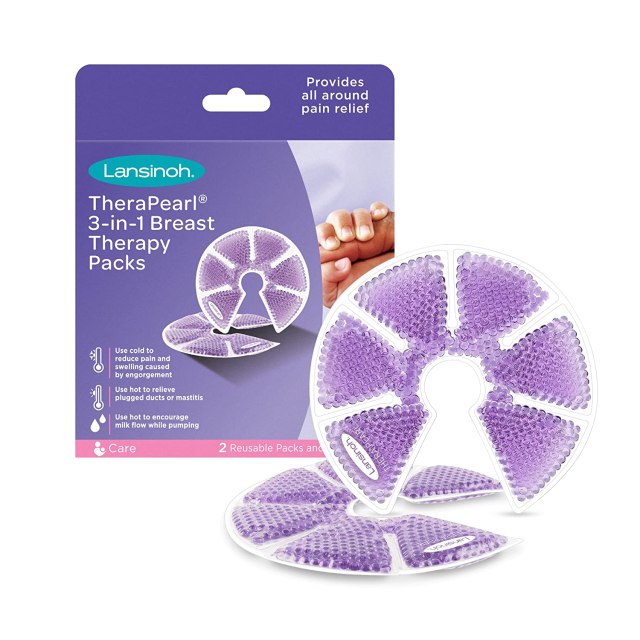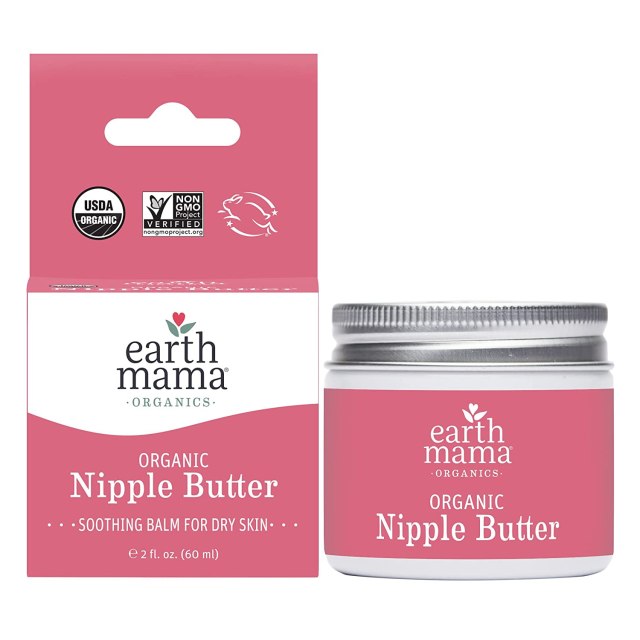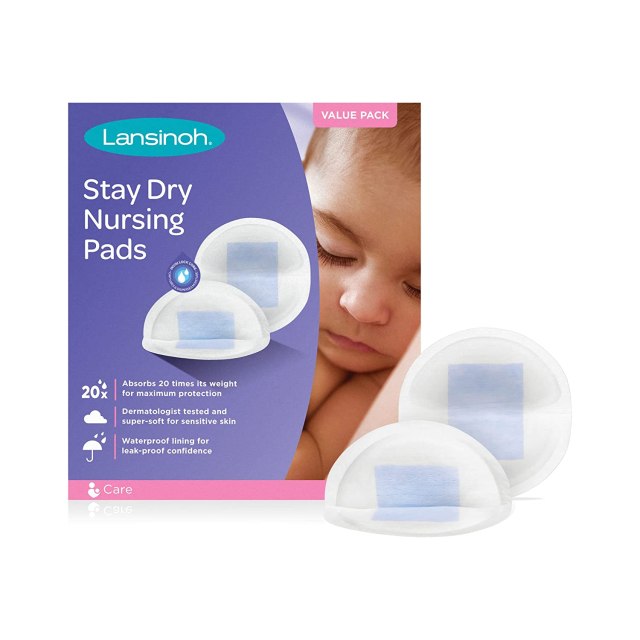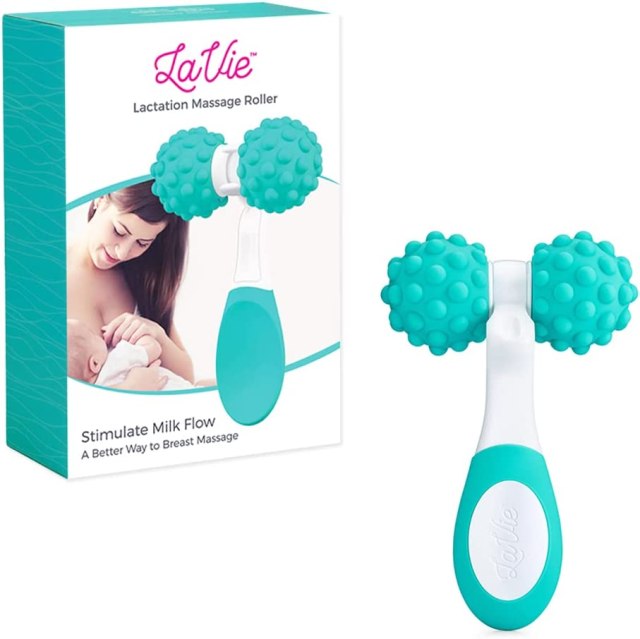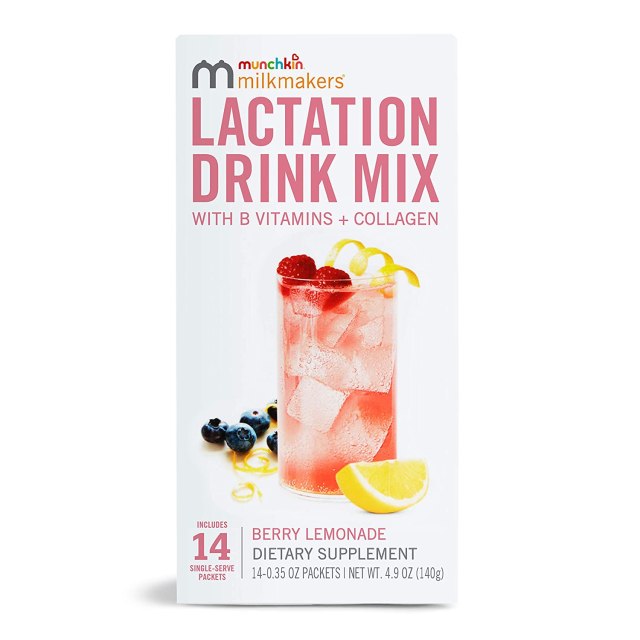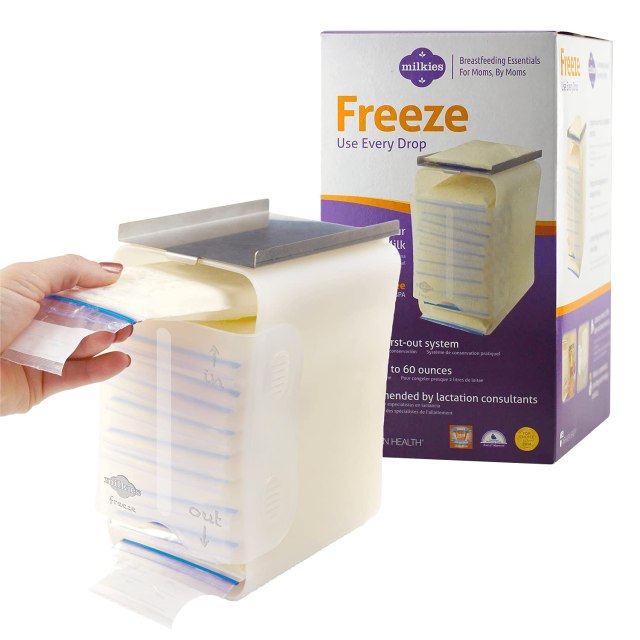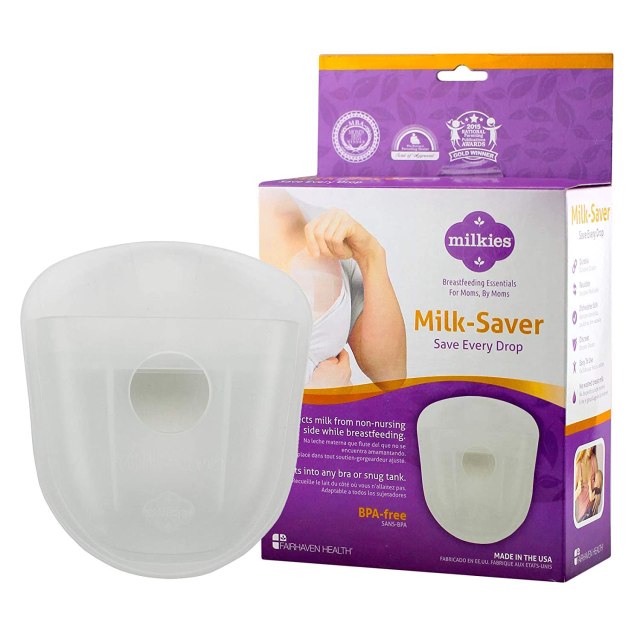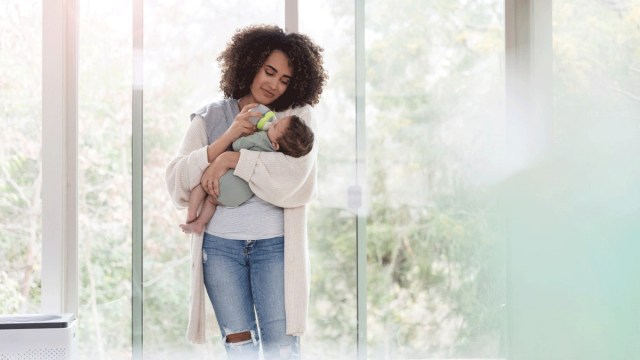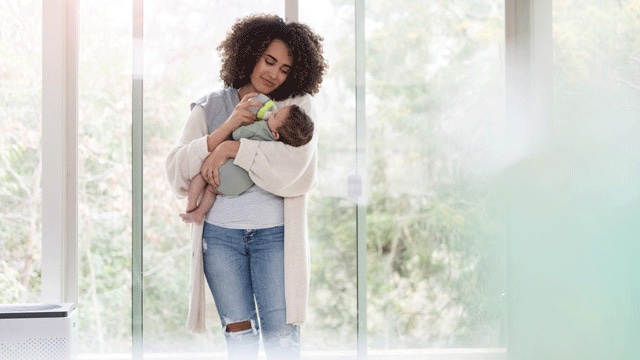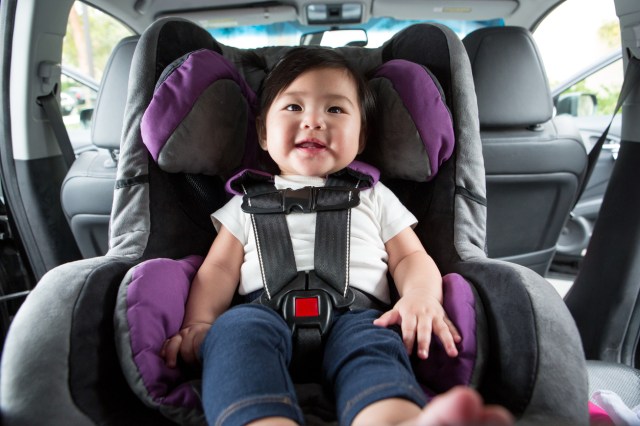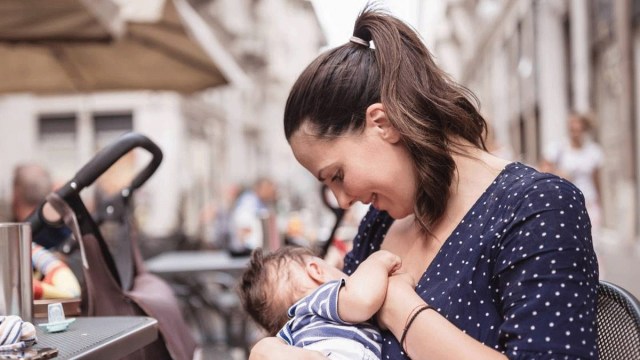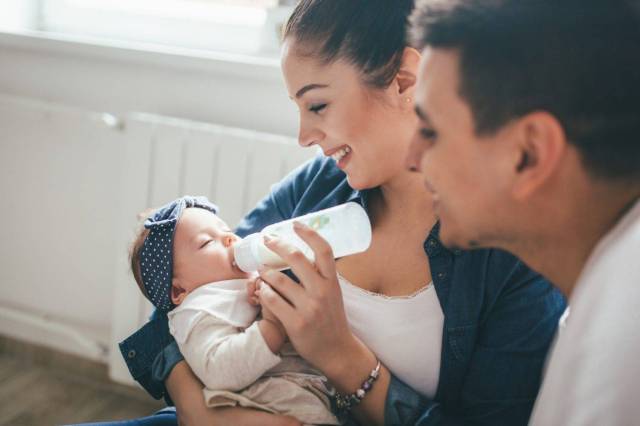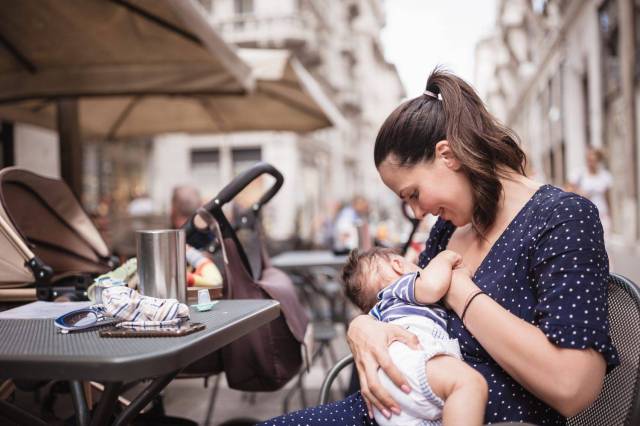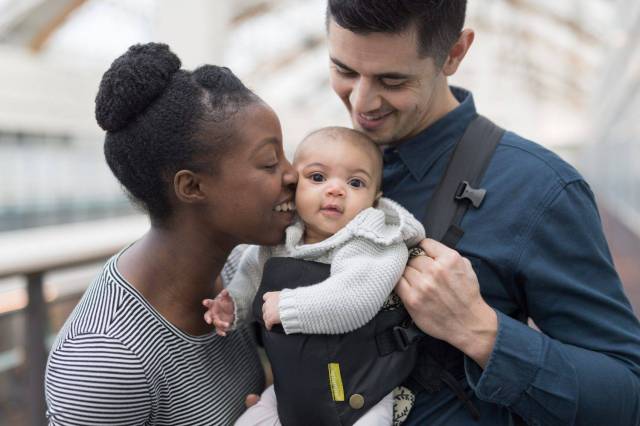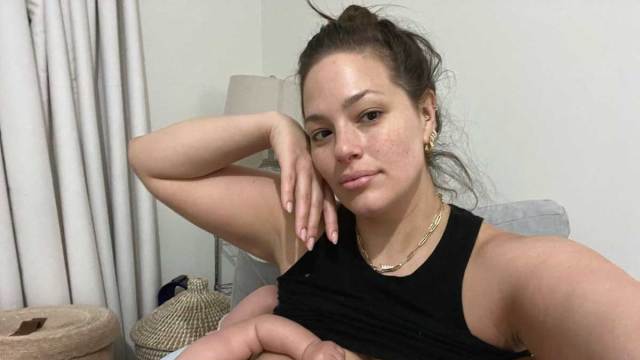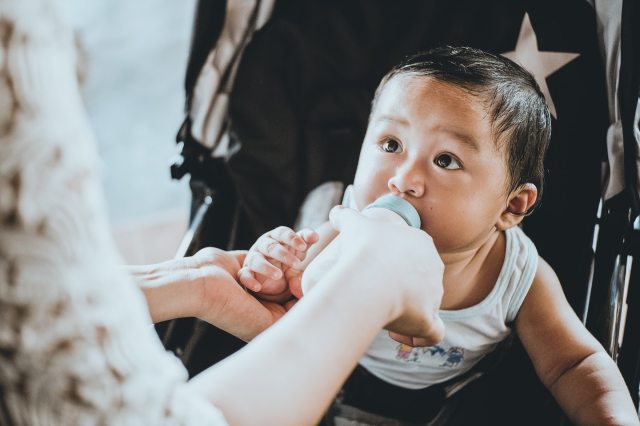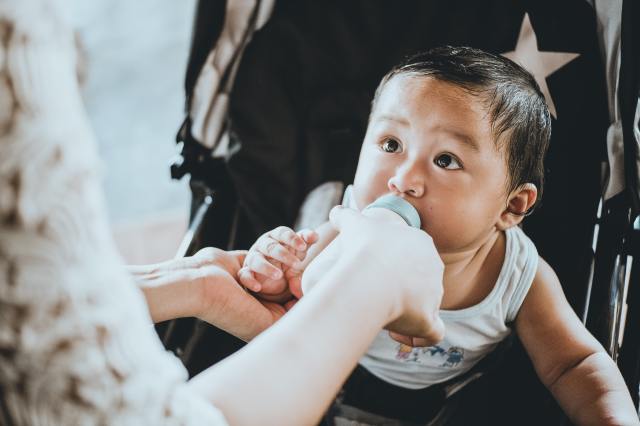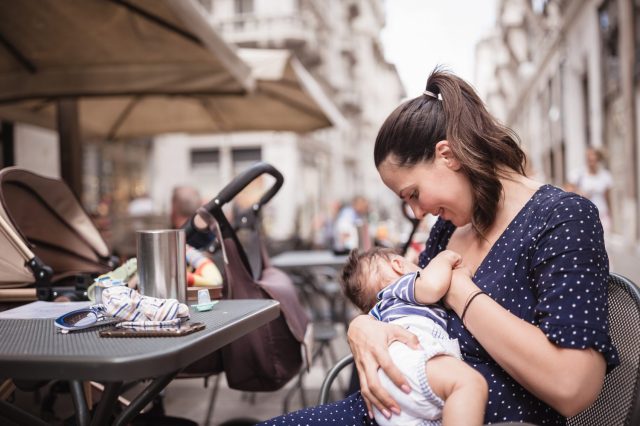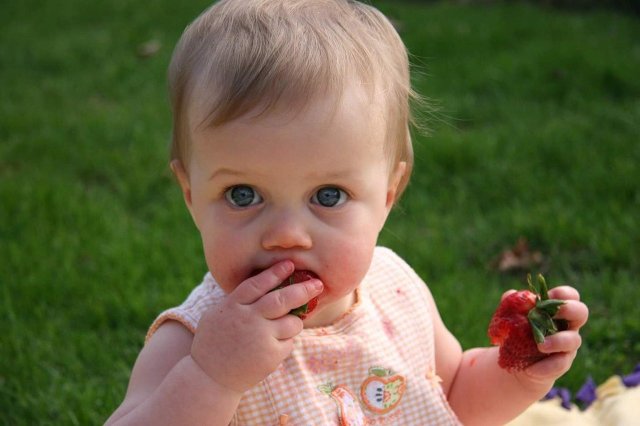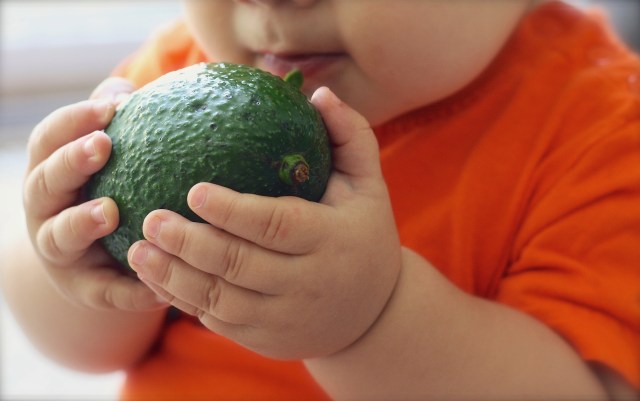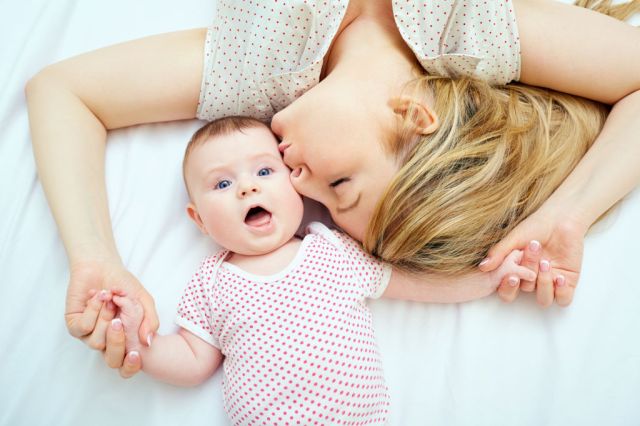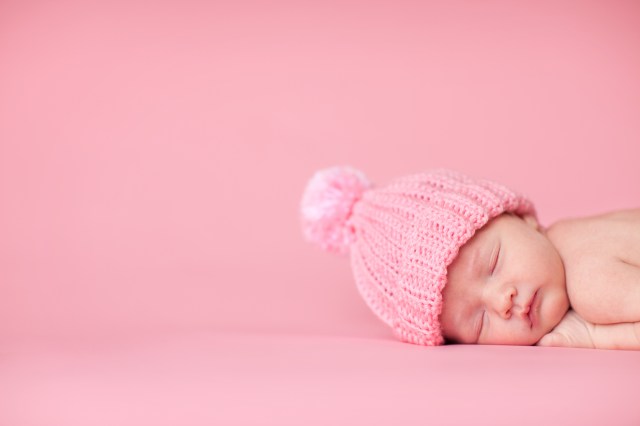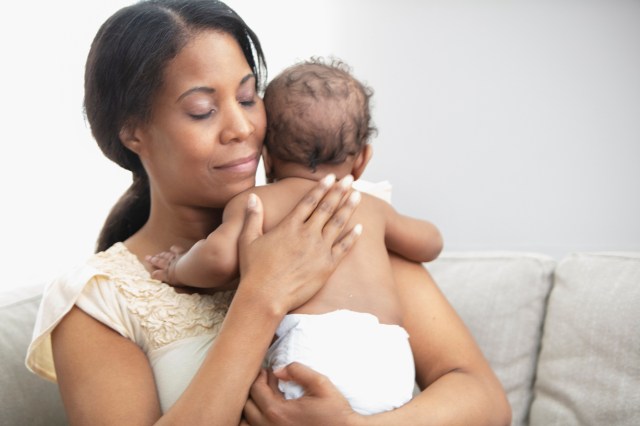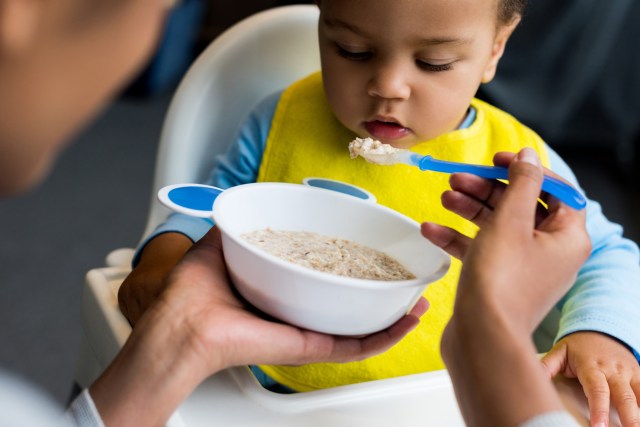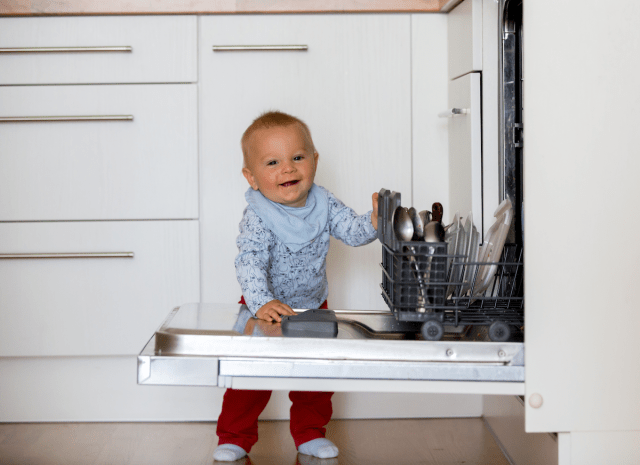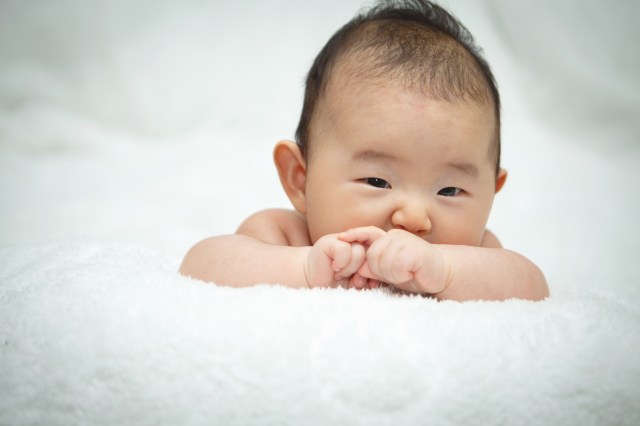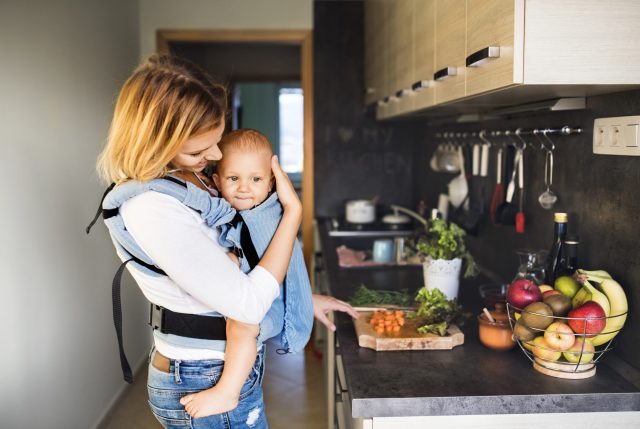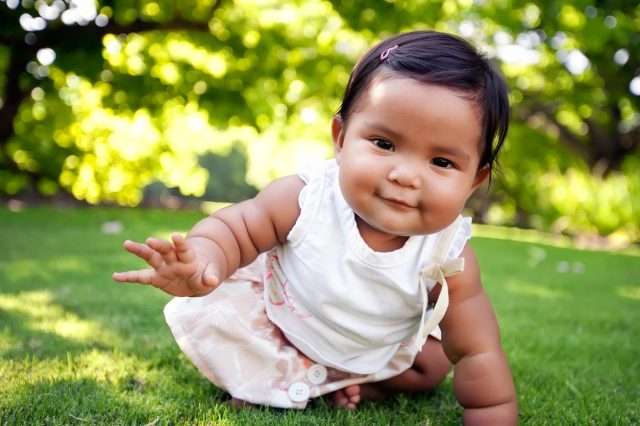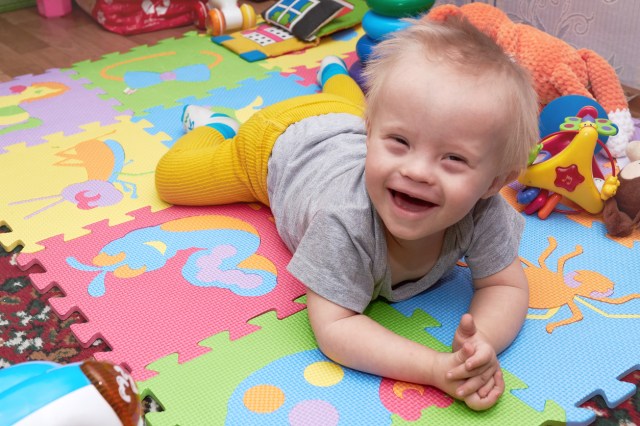There isn’t an entire book called The Womanly Art of Breastfeeding for nothing—it truly is an art. And for some of us artists, myself included, it just doesn’t come as naturally as we’d hoped. There are so many things I didn’t know before I started breastfeeding, from the cracked nipples to the awkwardness of doing it in public, but I was especially unaware that there are so many different breast and chestfeeding positions, not to mention the fact that you can pick and choose based on your unique needs.
Whether your breasts are large, you have twins, your baby won’t latch (same here), or you’re just really freaking tired (which you will be), rest assured that there’s a position for that. When feeds don’t go smoothly, or even when they do, it can be super empowering as a new parent to have a full menu of the best breastfeeding positions to pull from and know exactly how to maneuver them—and we’d bet you haven’t heard of a few of these. So stick with us. We’ve asked two lactation experts to explain how each position works and which to use for specific situations that may come up during your bodyfeeding journey.
The best breastfeeding positions start with a solid latch
Both experts agree that there’s no one-size-fits-all position when it comes to breastfeeding. Amy Peterson, IBCLC, a lactation consultant for Evenflo, says that while it can take great patience to get nursing going smoothly, the best breastfeeding position is one where the baby can latch effectively, the milk transfers well, and everyone is comfortable.
To get your baby latched and eating, the basic steps involve positioning yourself comfortably, positioning your baby close to you, supporting your breast, and attaching your baby to your breast, according to La Leche League International. Baby can be resting on a nursing pillow (a C-shaped pillow that often fastens around the parent’s waist), a regular pillow, or no pillow at all, depending on what works best for you. When attaching them, you want to start with their nose lined up to your nipple, then touch their chin to the lower part of your nipple, let them open their mouths, and pull them onto your nipple (it should be aimed at the roof of their mouth) with your hand forming a “second neck” to support them. Always be sure to bring the baby to your nipple height rather than leaning over them to avoid back and neck aches or sore nipples.
While the steps for getting into your breastfeeding position are pretty set, how you choose to hold your baby while nursing is totally up to you—and there are plenty of great options to try, practice, and perfect. The cradle hold is one of the most popular positions because parents so naturally hold their babies this way, says Molly Petersen, a certified lactation counselor with Lansinoh, but did you know you can nurse your baby like a koala, too? Petersen urges new parents to experiment and explore a number of styles that offer different benefits. Here are some of the best breastfeeding positions to try, from the tried and true to ones that probably aren’t on your radar.
First, the classics…
Cradle hold breastfeeding position
“The cradle hold is often very popular with new moms, as it is how we most often hold new babies and most people are comfortable with it,” Petersen says. “It works for all different breast sizes, and makes it easier to see if your baby is getting a good latch.”
Using a nursing pillow or regular pillow to support your baby, have them lie on their side facing your body with their hip and mouth level to your nipple. Baby’s head should be resting on your forearm with your inner arm and palm supporting their back and bum. To help your infant latch, try a “U” hold” or a “C” hold—meaning you can use your hand to support your breast underneath to make a U shape or hold it from the side like the letter C.
Cross-cradle hold breastfeeding position
View this post on Instagram
For smaller newborns and preemies, or babies who aren’t yet experienced eaters, this position is a great choice because it provides ample support. Baby’s position is similar to the cradle hold, tummy to tummy across the width of your body, but they’re nursing on the breast opposite the arm you’re using to support them. So rather than supporting their head in the crook of your arm, you hold their lower body and bum in the crook of your arm and support their neck with your fingers (and your palm resting in between their shoulder blades). It’s helpful to have a comfy chair with armrests to support your elbows.
Football hold breastfeeding position
View this post on Instagram
If you have twins and want to tandem breastfeed or are recovering from a c-section, you’ll want to get acquainted with the football hold. The only drawback, according to Peterson, is that you can’t see the baby’s bottom lip to evaluate the latch, so if you’re new to nursing or have had issues with latching you may want to have your partner, a friend, or a family member take a closer look while you’re feeding.
For this hold, find somewhere where you’re comfortable, supported, and upright, like a large chair or sitting against your headboard, Petersen explains. “Place a pillow on the side you will be feeding from or, if feeding twins, on both sides. Lay your baby on top of the pillow with their feet tucked between your elbow and your side and their head pointing toward your feet.” Just make sure the pillow is high enough to bring baby’s head to breast height so you aren’t hunching over. To support their head, use the arm on the same side they are lying to cradle their neck in your palm with your pinky and thumb curving towards their ears, Petersen says. Ensure that baby is tucked tightly next to your body and isn’t putting pressure on your tummy, adds Peterson.
…And the ones you probably don’t know about but should
Laid-back breastfeeding position
View this post on Instagram
“Laid-back feeding has you sit in a reclined position supported by pillows, and your baby lays on your stomach with their head resting next to your breast,” says Petersen. “This position can be great for moms with a forceful let-down, as it allows the baby to better regulate milk flow.” The laid-back breastfeeding position is intuitive and comfortable, according to Peterson, which is why it’s so popular.
It also offers a number of benefits. “Laid-back positioning uses gravity to promote baby’s reflexes to kick in and help with latching,” she says. “It also takes advantage of gravity—baby is fully supported on mom’s body.” It can also be a form of tummy time for older babies who hold their necks up for part of the feed. Best of all, if your babe is suffering from a gassy tummy, this position can help offer some relief.
Related: Breastfeeding Essentials for Nursing Your Baby
Side-lying breastfeeding position
“Side-lying is a great position for babies who seem to pull away from the breast,” Peterson says. “It is also just an all-around relaxing position worth mastering.” If you’ve had a c-section, have larger breasts, or are doing nighttime feeds, the side-lying breastfeeding position may be the one for you, according to Petersen. This sometimes underutilized option is also just goals in general because you get to lie down, and honestly, that’s the dream when you have a baby.
So how do you do it? “In a side-lying position, you lay on your side with your head supported by a pillow,” Petersen explains. “Place your baby on their side facing you with their mouth lined up with your nipple.” You can then pull your bottom arm up under your pillow or head, whatever is most comfortable, and if you’re worried about your little one rolling away you can put a pillow or rolled-up towel behind their back. We have a feeling this will become a fast favorite.
Related: What If Breastfeeding Gear Was Actually Cool
Koala breastfeeding position
View this post on Instagram
The koala breastfeeding position is a bit more acrobatic, but Peterson says just think of it like you’re sitting your baby up on a table. “Baby’s legs straddle mom’s thigh, and mom supports the baby for an upright feed. This can be beneficial if there are some oral motor weaknesses or oversupply issues,” she says. Petersen adds that “if your baby is smaller you can also use a small pillow or rolled-up towel on top of your leg to boost them higher and bring their mouth in line with your nipple.”
Koala is a great position for babies with reflux or chronic ear infections and parents with a forceful let-down because it better allows baby to control the flow of milk and the pace of the feed.
A cheat sheet for the best breastfeeding positions for any parent and baby
If you’re looking for the best breastfeeding positions for specific scenarios, here’s a list of common concerns and the nursing options to help you handle them.
Breastfeeding Positions for Newborns
With so much uncertainty in the newborn stage and while still trying to perfect that latch, it’s nice to lean on positions that feel extra secure for everyone. These positions provide a lot of support and optimal positioning to make it easy for your baby to latch.
- Cradle Hold Breastfeeding Position
- Cross-Cradle Hold Breastfeeding Position
- Football Hold Breastfeeding Position
- Laid-Back Breastfeeding Position
Breastfeeding Positions for Reflux
If your baby has reflux you’re probably dealing with a lot of spit up. To reduce pressure in their tummy and for the milk to work with gravity instead of against it, breastfeeding positions where they’re sitting up with their head above their waist can help immensely.
- Koala Hold Breastfeeding Position
- Laid-Back Breastfeeding Position
Positions for Breastfeeding Twins
Twins require some maneuvering where breastfeeding is concerned. If you’re feeding them in tandem, you need positions where they can fit on either side of you comfortably or be laid on top of one another in a parallel position. You can do one position at a time, or combine two (e.g. simultaneously using the football hold for one and cradle hold for the other).
- Football Hold Breastfeeding Position
- Parallel Cradle Hold Breastfeeding Position
- Laid-Back Breastfeeding Position
Breastfeeding Positions for Gas
Similar to reflux, to help your gassy baby it’s best to keep their head above their waist. In feeding them while basically sitting up, there’s less potential for extra air to build up in their tummies.
- Koala Hold Breastfeeding Position
- Laid-Back Breastfeeding Position
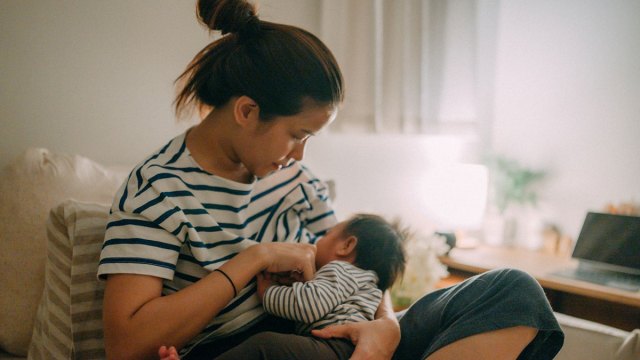
Breastfeeding Positions After C-Section
These positions are all about comfort for parents while they heal after having major surgery, which means keeping babies away from their incision.
- Football Hold Breastfeeding Position
- Side-Lying Breastfeeding Position
Breastfeeding Positions for Large Breasts
Those with large breasts may have a hard time breastfeeding because of visibility issues (not being able to see how the baby is latching) and a sore neck and back from certain breastfeeding positions.
- Side-Lying Breastfeeding Position
- Cradle Hold Breastfeeding Position
- Laid-Back Breastfeeding Position
Picking the best breastfeeding position is super personal and will probably include some trial and error. If you’re having issues latching or finding the best position for you and your baby, you can always reach out to an IBCLC lactation consultant in your area to help with your journey.
Once baby is fed and happy, make sure to capture all their firsts—and share them with your family and friends near and far—with the Tinybeans app. The secure platform puts parents in total control of who sees and interacts with photos and videos of their kids.
